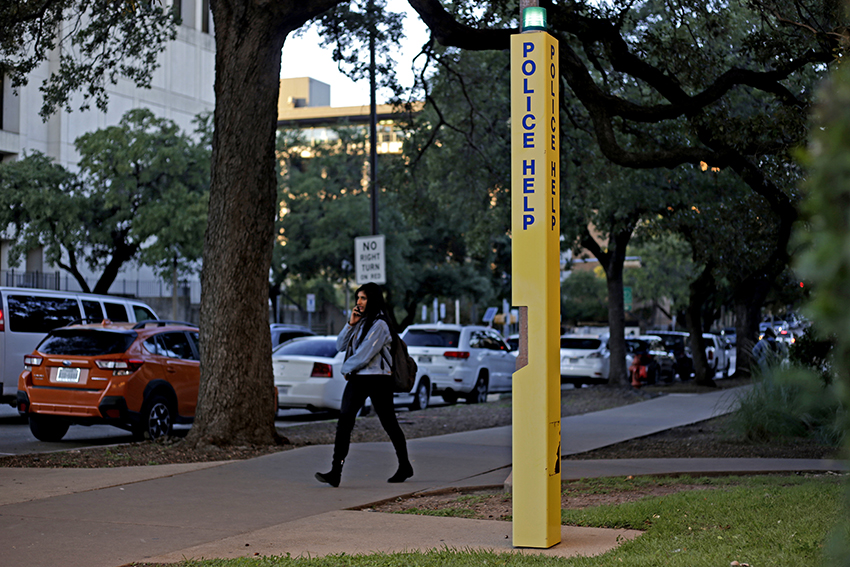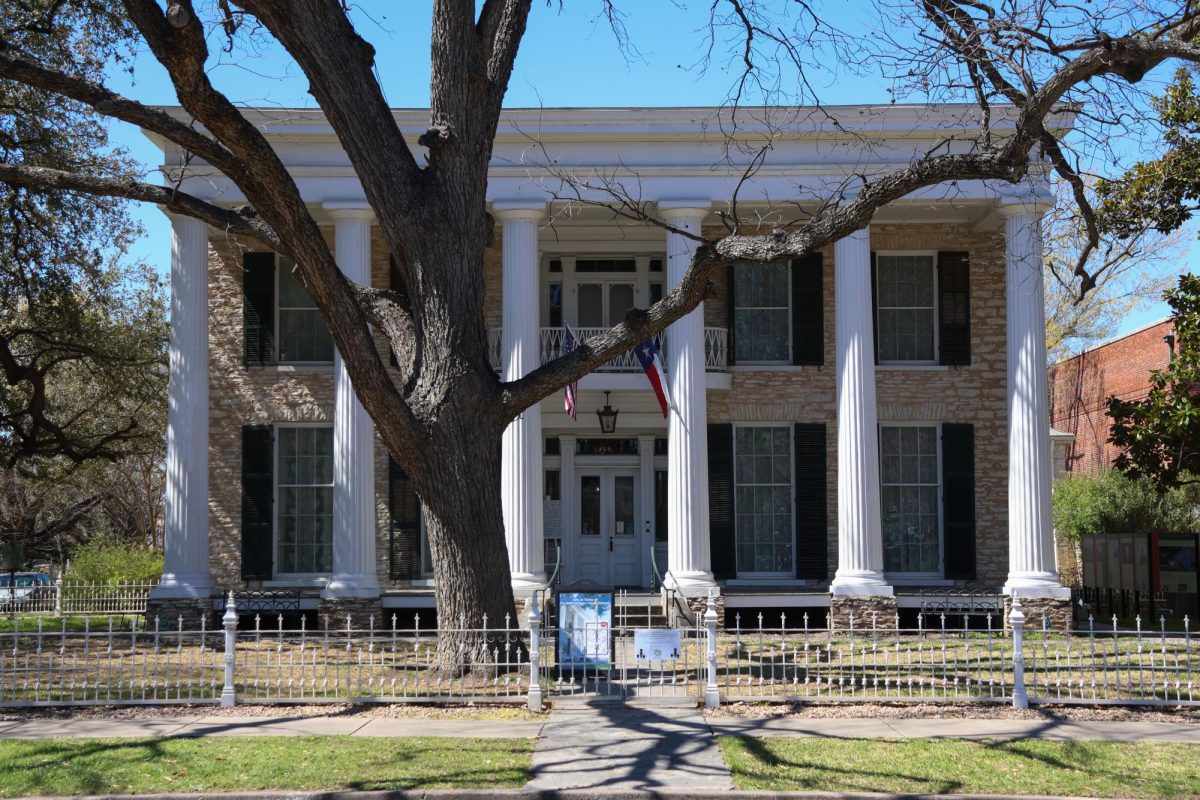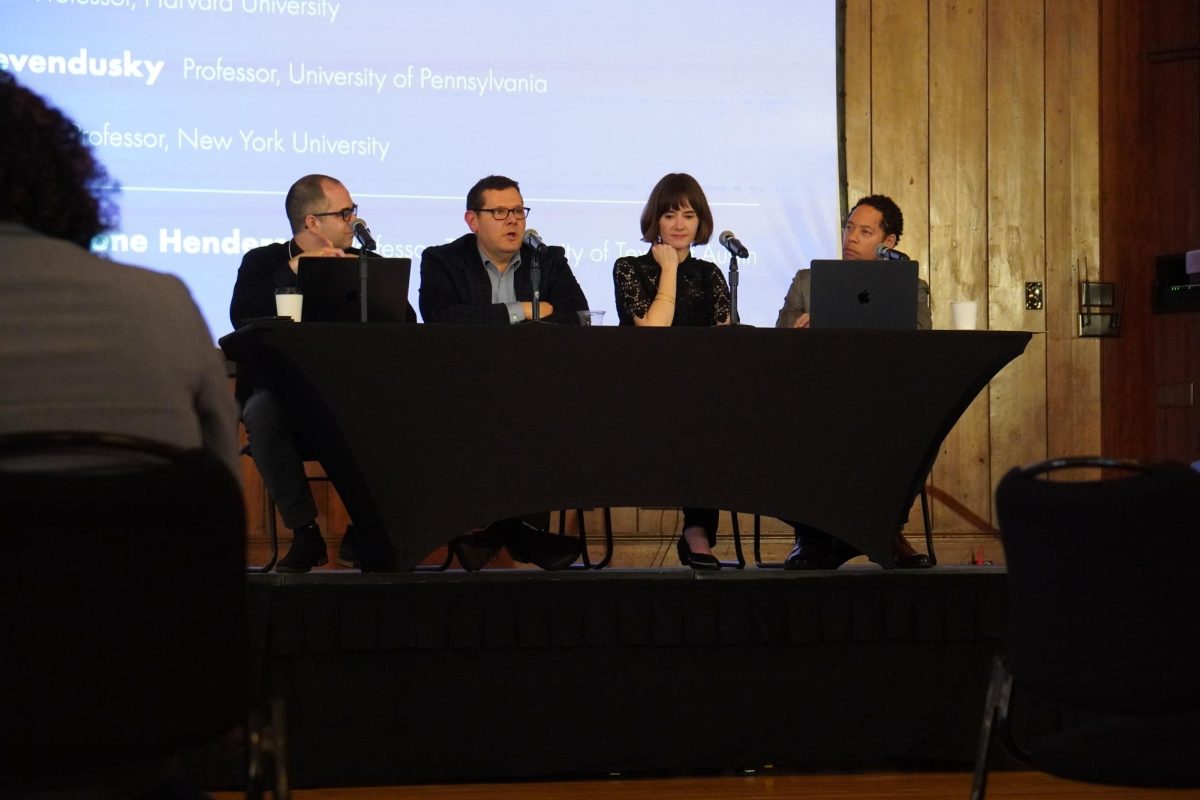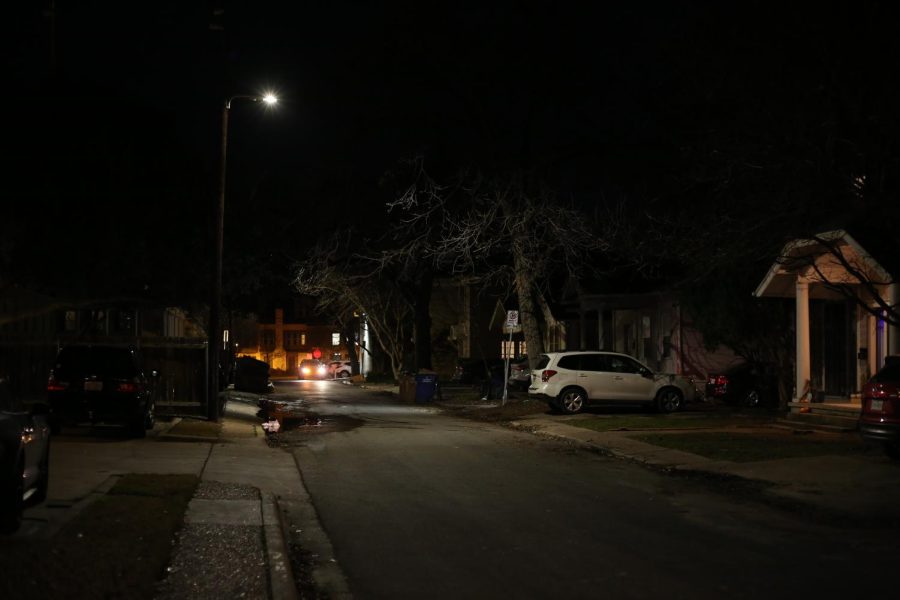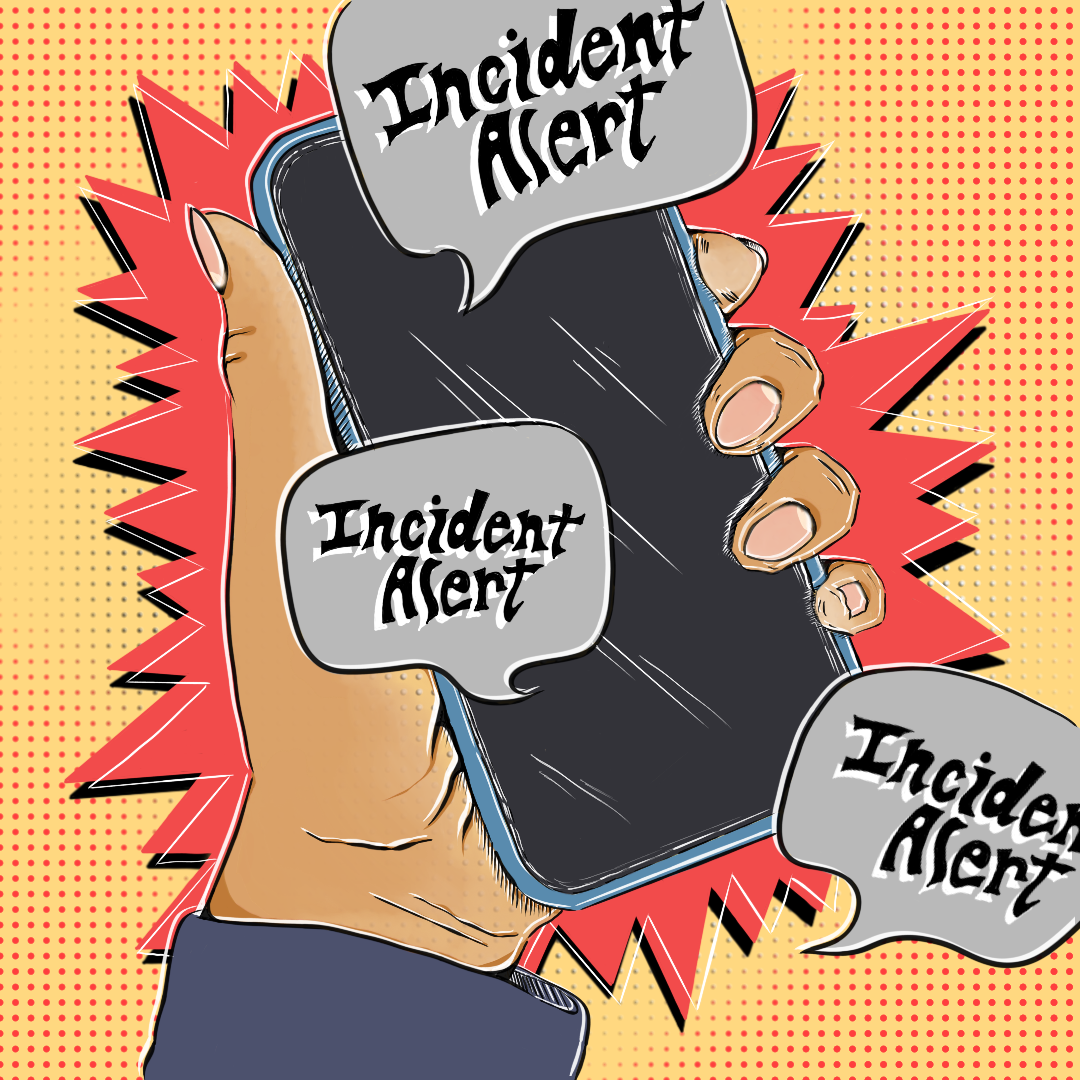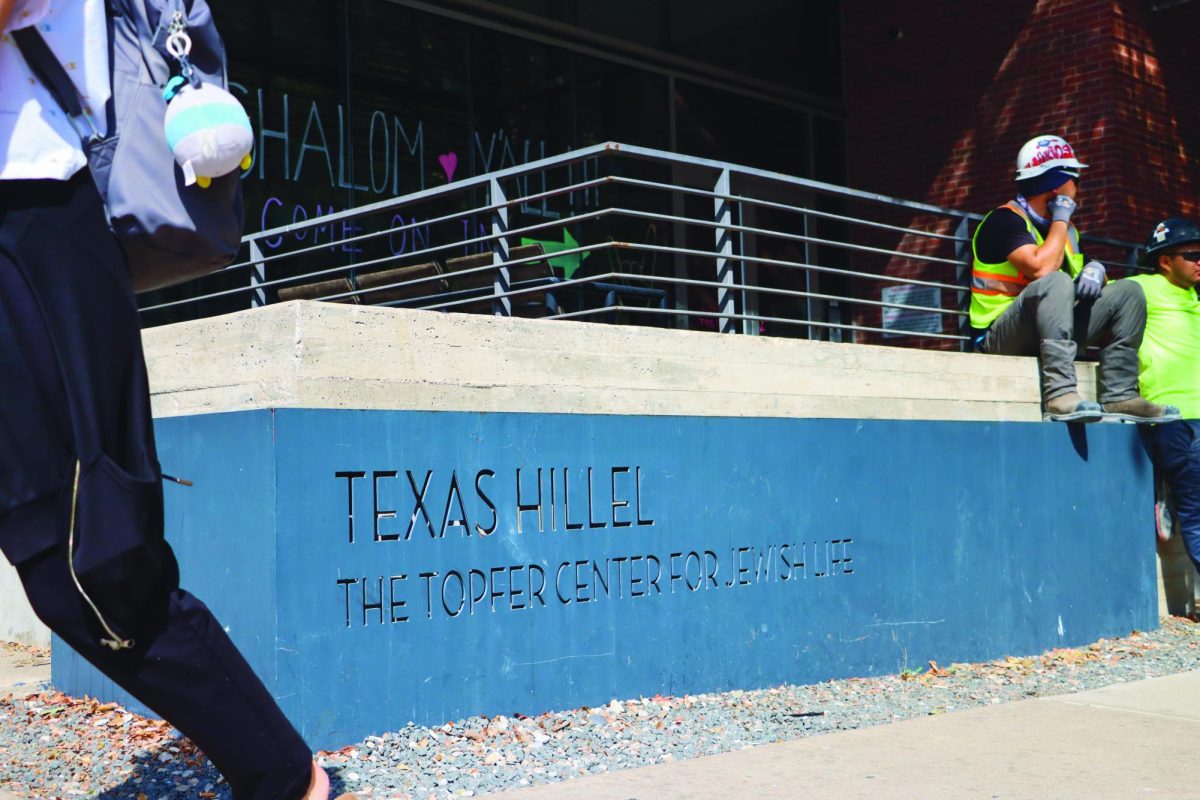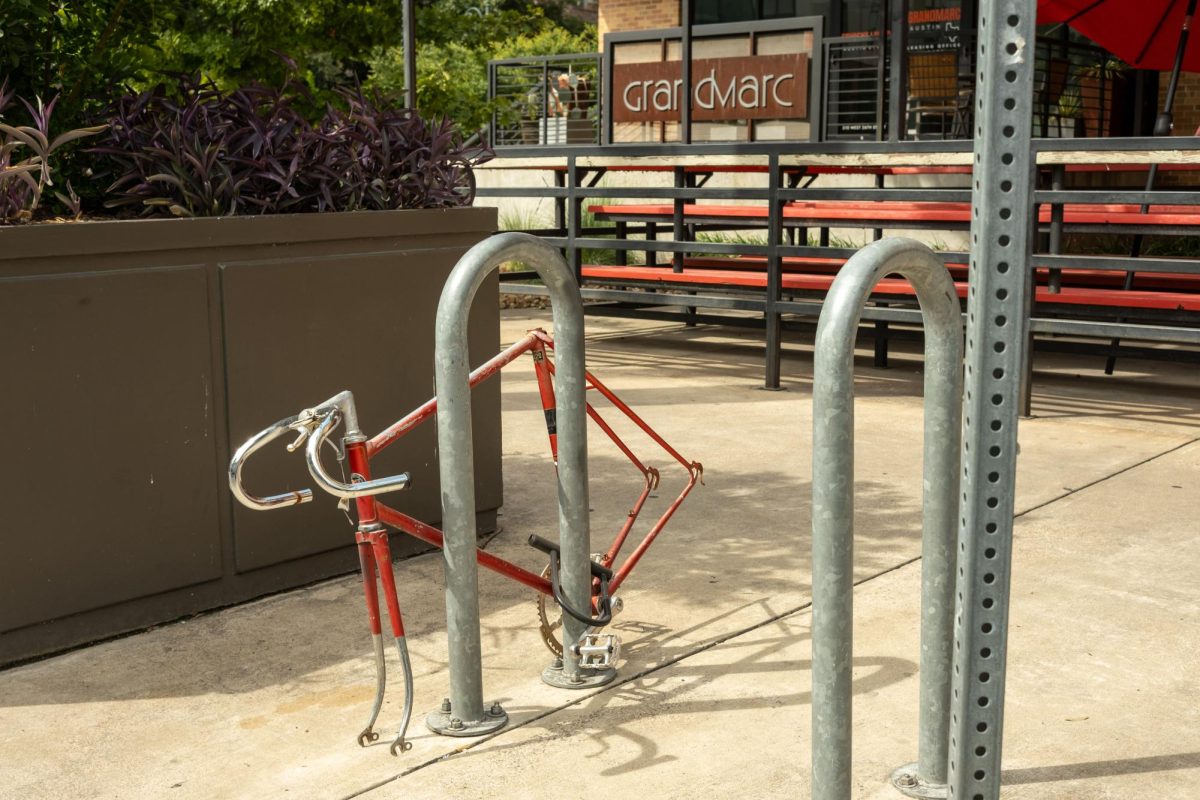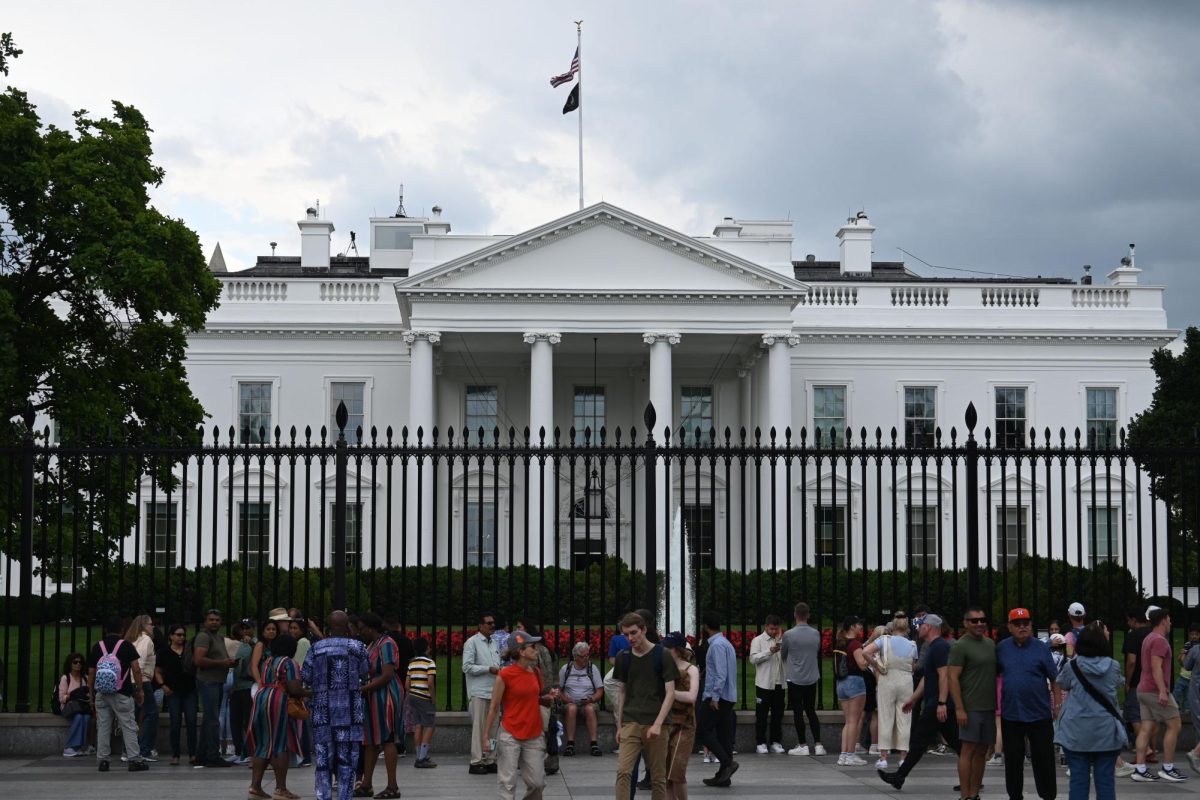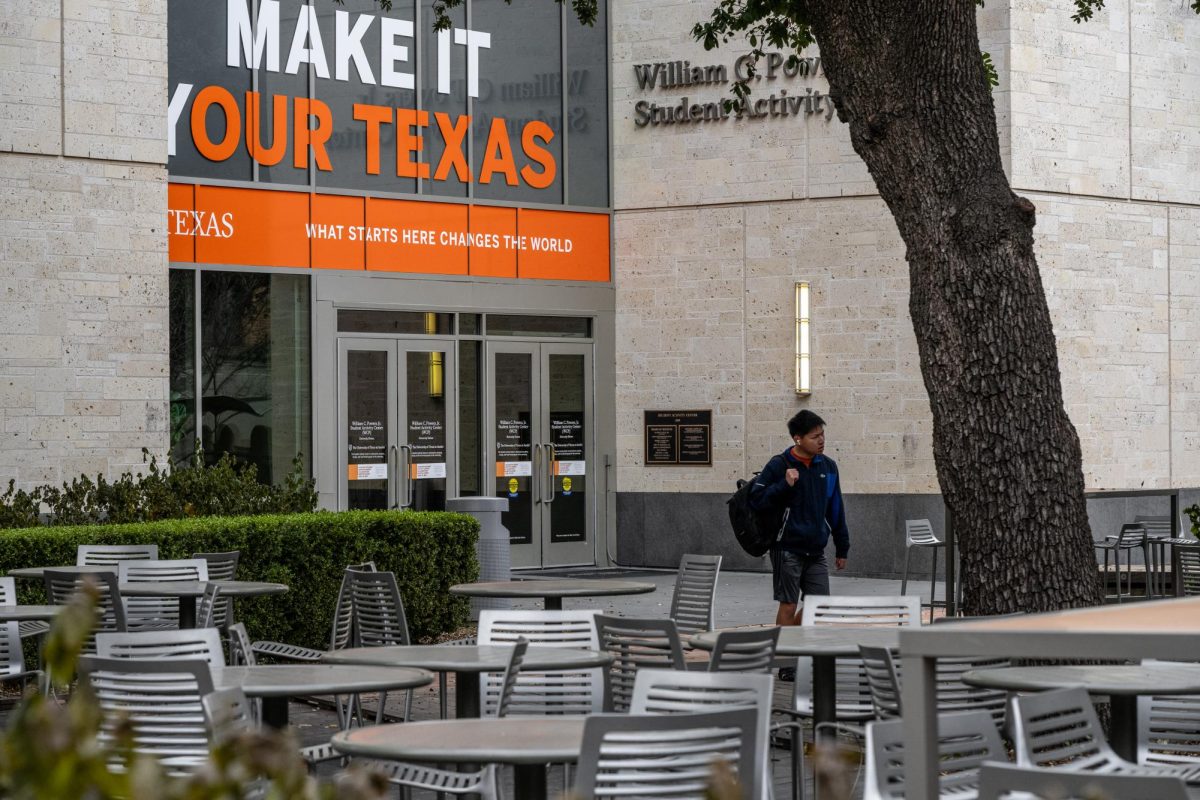In the past five years, none of the yellow emergency call boxes have been used to report an emergency on campus.
According to data provided by UT Police Department, UTPD officers responded to 1,832 call box alarms between Jan. 1, 2013, and Sept. 12, 2018. However, for the vast majority of these calls, people walked away after they pushed the button — there were only 42 incidents where the caller was still on the scene when law enforcement arrived.
“A lot of times, unfortunately, people hit the buttons thinking it’s just funny,” UTPD officer Andrew Converse said. “But what they’re actually doing is diverting police resources from people that actually need assistance, which is unfortunate.”
Converse said the majority of the remaining alarms are called by people who have car trouble or transients who want assistance. Of the 42 incidents with the caller still on the scene, only two required law enforcement activity. The first incident involved an off-campus assault, and the second involved a man who suffered non-serious injuries when he wandered away from Sixth Street.
UTPD has 174 outdoor emergency phones on campus that can be used to make a 911 call. Jimmy Johnson, assistant vice president for campus safety, said each call box costs $4,000, along with the potential for thousands of dollars in infrastructure costs, such as the cost of drilling and wiring.
“We feel that there’s value to having (the call boxes) even though there is little to no usage on them, because all it takes is one person who needs it,” Johnson said.
While the majority of 911 calls to UTPD still come from personal cell phones, Converse said the call boxes have value because they discourage people from committing crimes and help people who don’t have immediate access to a phone.
“It’s an antiquated technology, but it’s still part of a larger system that’s important,” Converse said. “I think ultimately, when it comes to the safety of students and the community, it’s definitely worth the investment.”
Scott Pribble, spokesperson for University of Colorado at Boulder Police Department, said their police department removed all 80 of their emergency phones in 2016 because the infrastructure was outdated and no one was using them.
“I think that there is a very small opportunity for these (call boxes) to be effective, even if there happens to be somebody who doesn’t have a phone,” Pribble said. “Even my 75-year-old parents have smartphones. I don’t know of anybody that doesn’t have access to a phone.”
Johnson said they are not considering removing the call boxes, but the University is preparing to implement wireless call boxes and adding video cameras to 25 existing ones.
“We want to have a redundant system,” Johnson said. “We already have this infrastructure in place, so we wanted to leverage what we have. That’s why we’ve enhanced some areas where we have large amounts of student flow.”
Isabella Fanucci, Interpersonal Violence Prevention Policy director, said while she hasn’t personally used a call box, she believes having call boxes on campus is necessary.
“They are a resource that provides students some peace of mind as to their safety,” said Fanucci, speech language pathology and psychology junior. “These call boxes could be the difference between life and death for students and faculty.”

